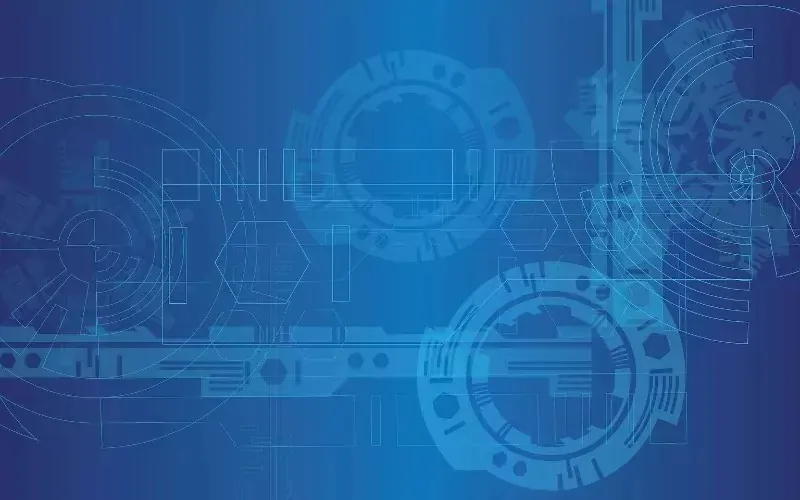The advent of the first artificially intelligent robot aboard the International Space Station (ISS) represents a historic milestone. With the introduction of CIMON, a new era of space exploration driven by advanced technology is upon us.
CIMON, or the Crew Interactive Mobile Companion, is an AI-driven, white, spherical robot created through a partnership between IBM and Airbus. Tasked with assisting astronauts, CIMON’s capabilities may reshape future missions.
The Genesis of CIMON
CIMON’s journey to the ISS is a landmark in human-machine collaboration in space. The spherical robot, designed by Airbus and powered by IBM’s AI, is crafted to assist and enhance the working lives of astronauts. Its smiling face is not just for aesthetics, but aims to foster interaction and ease among crew members. For the first time, astronauts will be accompanied by a machine that can actively participate in onboard activities, providing real-time assistance and companionship.
This collaboration between Airbus and IBM showcases the fusion of cutting-edge technology and human ingenuity. CIMON’s development involved teams of experts dedicated to integrating advanced AI capabilities into a user-friendly design. As CIMON interacts with the crew, it responds to voice commands, displaying information and answering questions, thus acting as an intermediary between crew and technology.
Testing and Engagement
The initial phase of CIMON’s deployment involves conducting a series of basic tests to evaluate its functionalities in a microgravity environment. These tests are crucial to ensure that CIMON operates effectively without the constraints of gravity.
Over time, CIMON’s role is expected to expand as it becomes an integral part of daily life aboard the ISS. Its ability to monitor social interactions could provide valuable insights into team dynamics, potentially improving crew cohesion and overall mission success.
AI Robots Beyond Earth
Deploying AI robots like CIMON marks a significant step in space exploration. They offer a new paradigm where AI becomes a critical team member in missions.
Their presence could transform the ways in which missions are carried out, as AI robots potentially take over routine tasks and allow astronauts to focus on more complex challenges.
The potential for AI to learn and adapt in space further underscores its importance. As AI technology evolves, so will its capabilities in uncharted environments like space.
Collaborations and Impacts
International collaboration in developing CIMON demonstrates the global commitment to technological advancement in space. Airbus and IBM’s partnership is a prime example of how combining expertise leads to groundbreaking innovations.
The implications of using AI in space missions extend beyond technological advancements. It raises ethical considerations about human interaction with machines and the evolving definition of teamwork in space exploration.
Transforming Future Missions
AI technologies, like those in CIMON, have the potential to revolutionise how space missions are planned and conducted. Through continuous learning, AI can streamline operations, enhancing the efficiency of missions.
The integration of AI in space missions not only offers logistical advantages but also poses philosophical questions about the future of space exploration. It may redefine roles within crew missions, shifting the paradigm of human-led explorations to symbiotic human-AI partnerships.
As technology evolves, the boundaries of what AI can achieve continue to expand, heralding a new era in space exploration where machines and humans work side by side.
Challenges and Considerations
While the advantages of AI in space are significant, it is essential to consider the challenges associated with their deployment. Technical malfunctions, communication issues, and software updates are potential obstacles that could hinder CIMON’s performance.
Despite these challenges, ongoing research and development aim to improve the resilience and reliability of AI technology in space. Ensuring that AI systems are robust and adaptable is crucial for their sustained success in future missions.
The Road Ahead for CIMON
As CIMON progresses in its mission, future iterations of AI robots are likely to exhibit increased sophistication and autonomy. These enhancements could further support astronauts in conducting critical experiments and managing spacecraft systems.
CIMON’s presence in space signifies a transformative shift in how humanity approaches space exploration. By incorporating AI, future missions could witness unprecedented efficiency and innovation, enhancing both the safety and success of space endeavours.

